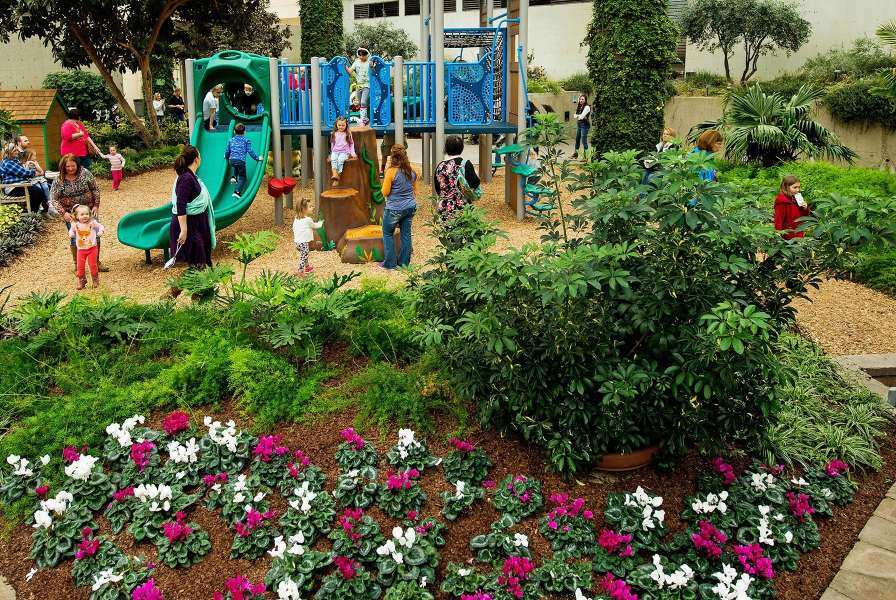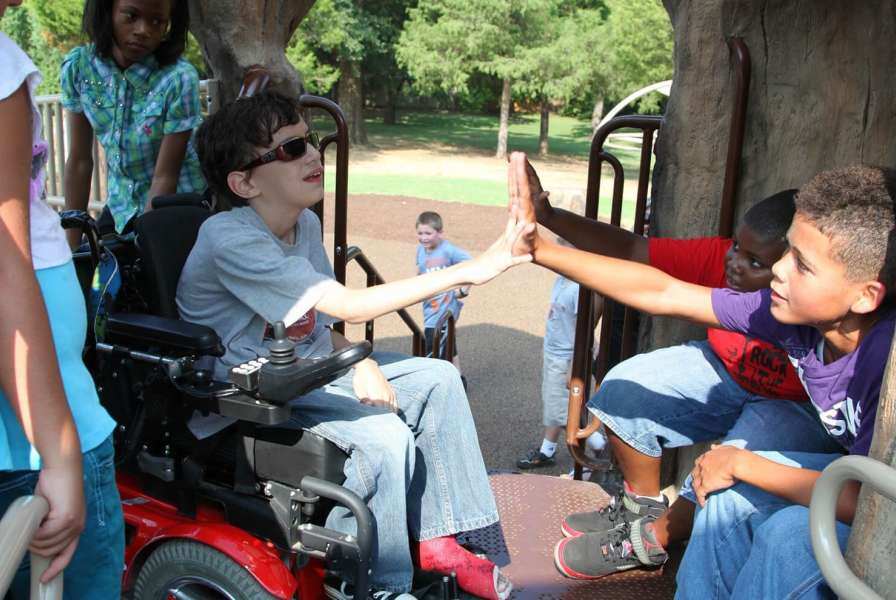Have you ever wondered why a yarn-ball romp with your kitty, or tug of war with your dog is so contagious and fun? And so good for you?
I have had the fun of studying both animal and human play, and find that a depth understanding of play itself is greatly enriched by a better knowledge of animal play and playfulness. Yes, the more we study animal and our human play, the more frequently we discover there is no real gap between us. We share playfulness. We like to chase, rough and tumble, climb, play games, collect treasures… and so do many playful animals. And if we look closely, that continuity is obvious. Even art, culture, language, or tool use do not separate us from them. Yes, our rich language, fertile imagination, novel-writing and symphony creation, religious sensibilities (and much more) are our marvelous heritage as humans, and on close examination flow from playful freedoms. But common patterns exist, and emotionally we find an uplifting union of play spirits when we observe or participate in animal play.
So both animals and we humans start out life, if safe and well fed, with the world as our playground. And as “adult” human demands increase, we often lose sight of how much of the world is enhanced by keeping much of it as a playground instead of a proving ground or…battleground.
By seeing and enjoying animal play, and by knowing of some of the scientific objective findings from research on animal play, a much deeper understanding of the necessity and benefits of play itself become more evident. Here, for example, is a basic aspect of play, learned from laboratory controlled research on animal play.
Play, it has been discovered by animal play researchers, is hard-wired into the survival centers of the playful mammal brain. If an infant rat (a very playful social mammal) has its cerebral cortex ( the “higher” center) of its brain removed surgically at birth, it survives, heals, and could be expected to be a very limited rat without its cerebrum as it develops. Surprisingly, at age 4 weeks, age appropriately, it makes squeaks that other rats can hear, which are specific “I want to play” signals, and begins to play vigorously, as if it possessed a normal fully-endowed brain. In fact, graduate students watching groups of decorticated and normal rats playing together cannot identify the ones who are post-surgical. Both groups are full-on rough and tumble rat players. This shows from animal play-based research that the brain circuits that initiate and sustain vigorous early play are anatomically located in sub cortical (survival areas) of the brain.
Therefore, the urge to play is not a strictly learned behavior, flowing from “higher centers” but rather reflects a deep instinctive fundamental need. And our human subcortical brain is virtually identical with other playful mammals, even rats. So our play comes from deep centers, and nourishes higher centers as part of our essential biological design. Animal play studies have allowed this insight and many others that support the rat findings, to make “play science” a new and necessary discipline. As such, it allows a new landscape of science to better understand in how many ways play behavior enriches us humans, and can be shown to be absolutely necessary for animal development and well-being. Sure, both rats and humans need a full cerebral cortex to socialize and adapt to the complexities of adult rat or human living, but play and playfulness need to be honored, not only in developmental infant and childhood eras, but for us humans throughout all of our life cycle. For us, the studies of animal play and its lack show that it is a necessity for not only animals, but also for us, to our overall well-being.
Check out this video clip for more information on how animals and humans are similar in their play behavior, some of the types of play we engage in, and why it’s so important. Video edited from the PBS series, “The Promise of Play,” produced by The National Institute for Play, in conjunction with INCA productions.”









